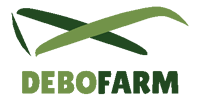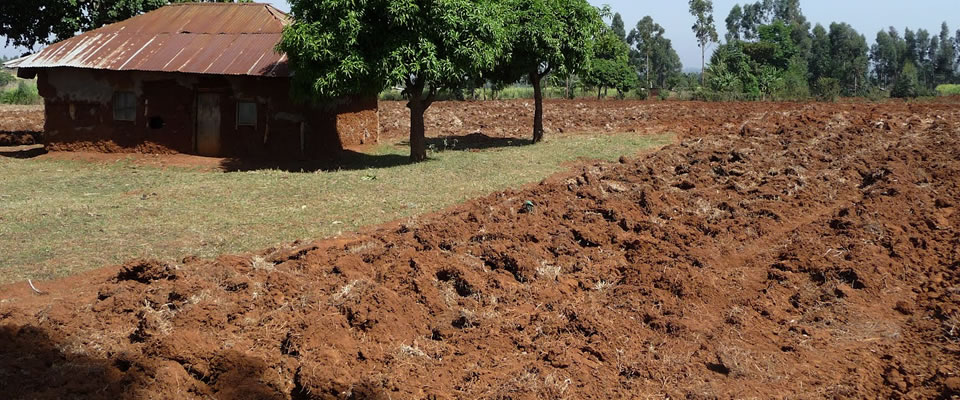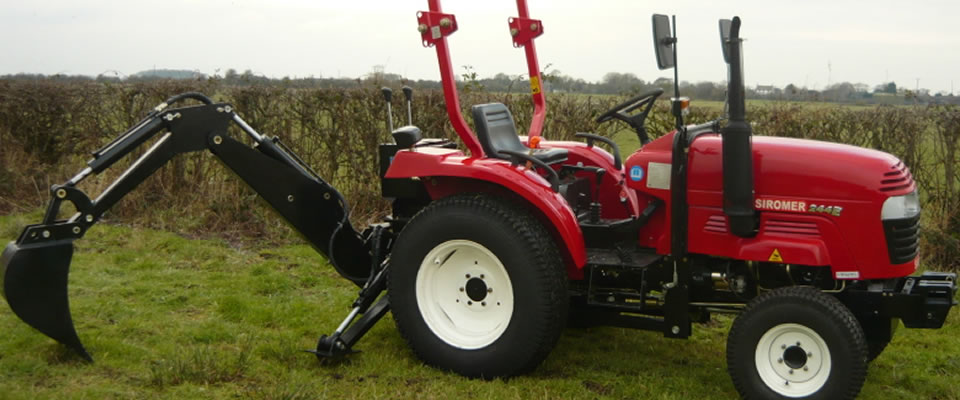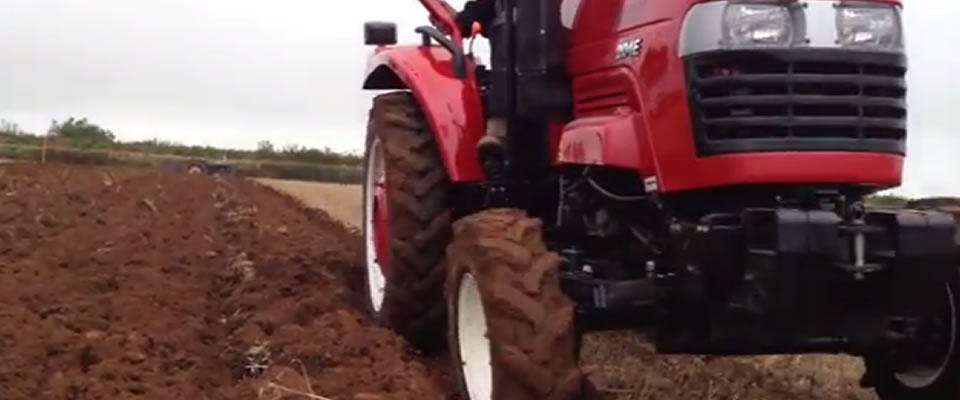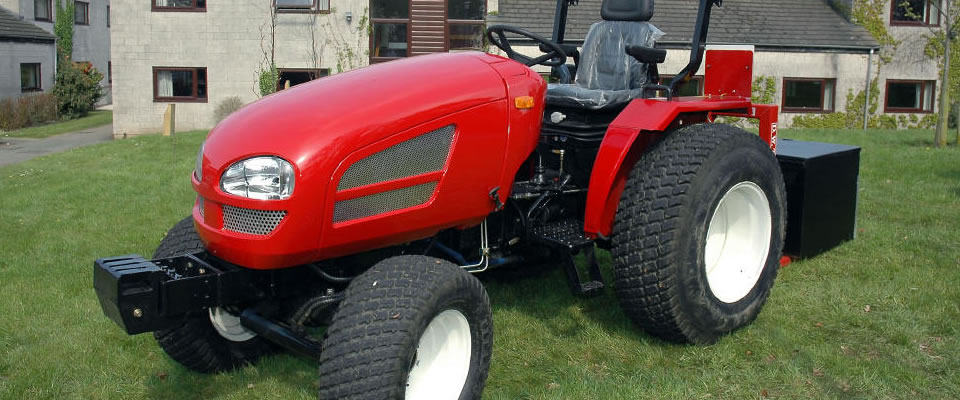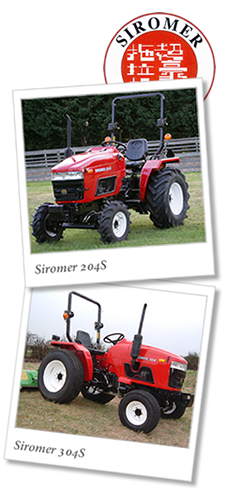Buying a compact tractor
For the ultimate in reliability, fuel economy, performance and versatility - the Siromer compact tractor range delivers each time.
Engine / Drive / Power
Every tractor worth considering will have a clean, fuel-efficient diesel engine, transmission(s), rear 3-point hitch, rear drawbar, one or two power take-off (PTO) points and a hydraulic system. Most of the tractors also will be equipped with four-wheel drive, a loader (invariably worth the money) and occasionally a backhoe or other mounted rear attachment. You should think of the tractor as a pulling/pushing machine as well as a platform for attaching and powering implements and other tools as diverse as emergency home generators, snow plows and belly-mounted finish mowers. Basic tractors without any attachments will cost vary depending on their power rating, size and the level to which they are appointed with high-end engines, transmissions and hydraulic systems.
Power take-off (PTO)
One of the first questions you’ll need to answer in your quest for the perfect tractor relates to power - PTO power and pulling power. Unfortunately, most makers lead with net engine power, because it is a larger number than PTO power, but PTO power is important to know when you plan to run PTO-powered implements like rear shredder mowers and rotary tillers. The PTO power rating will determine the size mower or tiller you can efficiently run with the tractor - not whether you can run one at all. If you need to mow with a 6-foot wide mower, you will need more PTO horsepower than if you will mow with a 4-foot-wide model. For most rural enthusiasts, PTO power in the 25 to 50 hp range should suffice.
Controls / Driving
Compact tractor makers have gone to great lengths to market new machines that "drive just like your car." What that really means is that designers have taken the traditional operating steps out of the operator’s realm. There was a time when small tractors of all kinds had at least two and sometimes three gear selector levers - one controlled the speed range (high/low), one the speed (first through fourth gears), and many had a separate control lever for direction called a shuttle (forward/reverse).
Generally, if you plan to do a lot of direction and speed changes such as with intensive front-end loader work, the hydro or continuously variable transmission (CVT) will make that work easier and arguably more efficient. The next best option would be a tractor with a synchronized or automatic clutching shuttle shift transmission. That way you would only need to slow and clutch for the directional changes. If money is worth more than convenience or your time, then you can go for the traditional straight gear transmission. You will need to stop, clutch and make a transmission shift to change directions - but in other operations such as field mowing, the hydro, CVT or shuttle options don’t offer that much advantage under most conditions.
Tires
When you get down to the nitty gritty and begin to spec out your machine, you’ll need to make a tire-tread choice. The most prevalent possibilities include the aggressive bar-lug agricultural tires that pretty much everyone recognizes as tractor treads (ag tread). The so-called R-4 tread pattern, borrowed from the construction equipment industry, has made significant inroads into the compact tractor market of late. These lugged tires offer good traction off road and are more comfortable and more durable when running on harder surfaces. The least aggressive tire pattern looks almost like that of a mild off-road pickup truck tire and is called a turf tread. Turf tires give you less traction in the mud and dirt, but if 90 percent of your work involves mowing vast lawns, this tire is less likely to tear up the grass or leave tracks.
Source (grit.com)
